Best Practices Articles

Best Practices for Bridging the AI Skills Gap
Artificial Intelligence (AI) is revolutionizing industries by automating tasks, enhancing efficiency, and driving innovation. However, this rapid adoption has exposed a significant challenge: the AI skills gap. This gap refers to the disparity between the AI expertise required by businesses and the current skill levels within the workforce. Many organizations struggle to find talent capable of leveraging AI technologies effectively, while untrained workers risk being displaced by automation without access to reskilling opportunities.
Bridging the AI skills gap is not just a necessity for businesses to remain competitive—it is essential for fostering innovation, economic growth, and workforce inclusivity. This article explores actionable strategies for closing this gap through workforce training, upskilling, academia-industry collaboration, and more.
Understanding the AI Skills Gap
What Is the AI Skills Gap?
The AI skills gap is the shortage of professionals equipped with the technical expertise to work with AI technologies. This gap impacts diverse sectors, including healthcare, finance, manufacturing, and education. While the adoption of AI accelerates, many employees lack the training to understand and implement these technologies effectively.
According to the World Economic Forum, around 50% of workers will require significant reskilling by 2025 due to advancements in AI and automation. The gap extends beyond technical skills to include critical thinking, ethical decision-making, and collaboration—all of which are vital in an AI-integrated workplace.
The skills gap also encompasses emerging areas within AI, such as ethical AI governance, human-machine collaboration, and explainable AI. As industries increasingly rely on AI systems to make critical decisions, understanding the intricacies of these systems becomes essential. Workers need to grasp not only how AI functions but also how to ensure its outputs are fair, transparent, and beneficial to society.
Consequences of the AI Skills Gap
The skills gap poses several challenges:
- Innovation Stagnation: Companies unable to find qualified talent may delay AI initiatives, losing their competitive edge.
- Reduced Productivity: Insufficient AI expertise can hinder operational efficiency and slow down digital transformation.
- Workforce Displacement: Without reskilling opportunities, workers risk being replaced by automation, exacerbating economic inequality.
Addressing this gap is essential to harness AI’s full potential and ensure equitable benefits for society. Moreover, unaddressed gaps could result in uneven adoption of AI across industries and geographies, creating pockets of economic disparity and social unrest.
Building Workforce Training Programs
Identifying Industry-Specific Needs
The first step in bridging the AI skills gap is understanding the unique demands of each industry. For instance:
- Healthcare: Professionals need training in AI-powered diagnostics and medical imaging.
- Retail: Skills in predictive analytics and customer behavior modeling are crucial.
- Finance: Expertise in fraud detection and algorithmic trading is in demand.
Conducting regular skills assessments helps organizations identify gaps and design tailored training programs to address them. By involving industry experts in these assessments, businesses can ensure that training initiatives align with evolving market needs.
Creating Comprehensive Training Programs
Effective training programs should integrate technical and soft skills development. Key components include:
- Technical Skills: Machine learning, data science, and natural language processing.
- Soft Skills: Problem-solving, creativity, and adaptability.
Companies like Amazon and Google lead the way with initiatives such as Amazon’s Machine Learning University, which offers free AI courses to employees. Such programs enable workers to align their skills with organizational goals. Additionally, smaller businesses can collaborate with third-party providers to deliver high-quality training without significant upfront investments.
Leveraging Online Learning Platforms
Platforms like Coursera, Udemy, and edX offer flexible and cost-effective training opportunities. These platforms often employ AI to personalize learning experiences, catering to individual needs and paces. Workers can earn industry-recognized certifications, enhancing their employability and confidence.
Microlearning, which delivers content in small, focused segments, is another effective approach. It allows employees to absorb complex topics, such as AI ethics or deep learning, without overwhelming them.
Upskilling and Reskilling the Workforce
Promoting Lifelong Learning
The rapid evolution of AI demands a culture of lifelong learning. Organizations can support this by:
- Offering subsidies for online courses.
- Hosting regular workshops.
- Providing on-the-job training.
This approach ensures that workers continuously update their skills to stay relevant in an AI-driven economy. Lifelong learning also fosters a mindset of adaptability, which is critical in navigating the uncertainties of technological disruption.
Designing Accessible Upskilling Programs
Accessibility is key to successful upskilling initiatives. Companies should create programs that accommodate diverse learning styles and schedules. Examples include part-time courses, evening classes, and remote training sessions.
Governments and non-profits can also contribute. For example, Singapore’s “SkillsFuture” initiative provides citizens with credits to pursue courses in AI and other emerging fields. These initiatives not only enhance workforce readiness but also demonstrate the importance of a collaborative approach in addressing large-scale skills gaps.
Encouraging Peer-to-Peer Learning
Peer-to-peer learning is a cost-effective and highly engaging method of knowledge transfer. Employees with advanced AI skills can mentor their colleagues, fostering a collaborative environment and accelerating the learning curve. Organizations can formalize this process by establishing internal AI communities or hosting “AI Days” to showcase best practices.
Strengthening Collaboration Between Academia and Industry
Aligning Curricula with Industry Needs
Educational institutions must adapt their curricula to meet industry demands. Universities and colleges can collaborate with businesses to design courses that address real-world challenges. Interdisciplinary programs, such as combining AI with healthcare or environmental science, are increasingly popular.
Industry leaders can also contribute by offering guest lectures, providing case studies, or co-designing course materials. These partnerships ensure that students graduate with skills that are immediately applicable in the workforce.
Expanding Internship Opportunities
Internships offer students hands-on experience in applying AI to industry-specific problems. Companies like NVIDIA and Microsoft provide AI-focused internships, allowing students to work on cutting-edge projects and serving as pipelines for future talent.
Expanding internship opportunities to underserved communities can further enhance diversity in the AI workforce. Scholarships, stipends, and remote internship options make these programs more accessible to a broader range of students.
Hosting Hackathons and AI Challenges
Hackathons and AI challenges encourage innovation and practical skill development. Events like IBM’s “Call for Code” invite participants to solve real-world problems using AI, fostering collaboration and social impact.
These events can also serve as recruitment tools, enabling companies to identify high-potential talent while showcasing their commitment to innovation.
Embracing Diversity and Inclusion in AI Education
Broadening Access to AI Education
Underrepresented groups, including women, minorities, and individuals from low-income backgrounds, are disproportionately affected by the AI skills gap. Expanding access to AI education is crucial for creating a diverse workforce.
Programs like “Girls Who Code” and “AI4ALL” aim to bridge these disparities by offering targeted mentorship and training. Companies and governments should support such initiatives to ensure inclusivity.
Addressing Bias in AI Systems
Ethical AI development must be a core component of AI education. Teaching students to identify and mitigate bias ensures that future AI systems are fair and equitable. Discussions on topics such as algorithmic transparency, accountability, and societal impact should be integral to AI curricula.
Supporting Return-to-Work Programs
Return-to-work programs for individuals re-entering the workforce after career breaks can help bridge the skills gap. By providing targeted training and mentorship, these programs enable professionals to re-skill and transition into AI-focused roles. Read our article on "Why AI in Education is Crucial for Workforce Readiness".
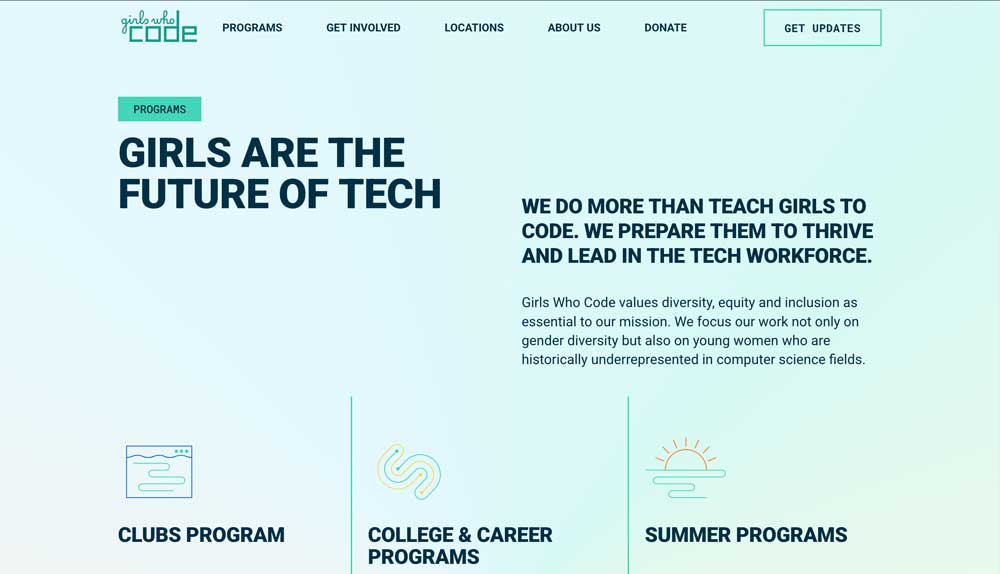
Investing in Public-Private Partnerships
Developing AI Skills Coalitions
Public-private partnerships can amplify efforts to bridge the AI skills gap. For example, the European Union’s “AI Skills Alliance” brings together governments, businesses, and educational institutions to develop a cohesive workforce strategy.
Collaborative initiatives such as these pool resources and expertise, creating scalable solutions for workforce development. Regional collaborations can address localized challenges while contributing to global progress.
Incentivizing Reskilling Programs
Governments can encourage reskilling investments by offering tax incentives or grants. These policies make it financially viable for businesses to train employees, enabling a smoother transition to an AI-driven economy.
By setting clear metrics for success, such as job placement rates or skill certification levels, governments can ensure accountability and maximize the impact of their investments.
Conclusion
Bridging the AI skills gap requires a multi-faceted approach that includes workforce training, education reform, and cross-sector collaboration. By investing in tailored programs, promoting lifelong learning, and fostering academia-industry partnerships, stakeholders can equip workers to thrive in an AI-driven world.
This effort goes beyond meeting industry demands; it’s about empowering individuals, driving innovation, and building a fair and inclusive workforce. As AI continues to transform industries, addressing the skills gap will determine whether society can fully leverage the potential of this groundbreaking technology.
The time to act is now. By embracing these best practices, businesses, governments, and educational institutions can collectively bridge the AI skills gap, ensuring a future where everyone benefits from AI advancements.
Best Practices Guidebook
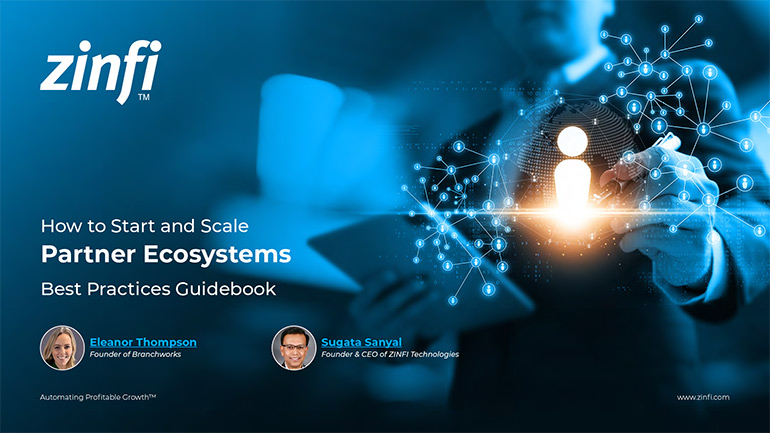 How to Start and Scale Partner Ecosystems Best Practices
How to Start and Scale Partner Ecosystems Best PracticesDownload Guide
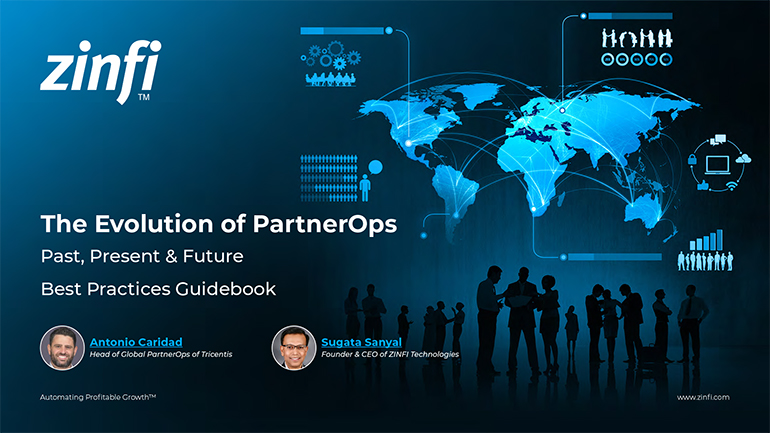 The Evolution of PartnerOps: Past, Present & Future Best Practices
The Evolution of PartnerOps: Past, Present & Future Best PracticesDownload Guide
 Mastering Channel Sales: Strategies, Best Practices, and Growth Tactics for 2025
Mastering Channel Sales: Strategies, Best Practices, and Growth Tactics for 2025Download Guide
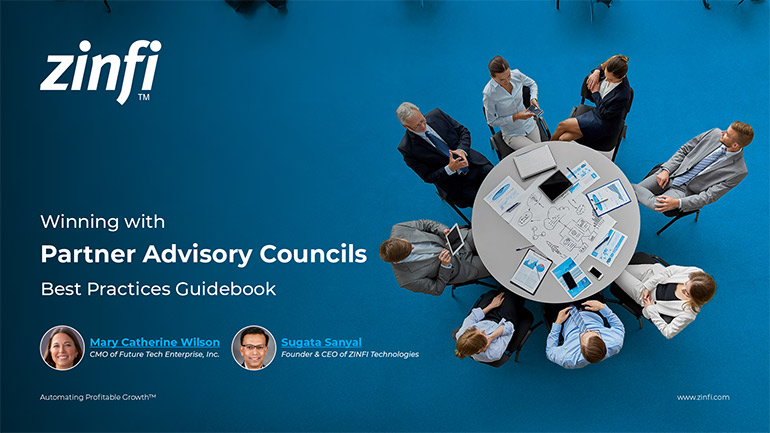 Winning with Partner Advisory Councils: Best Practices for Partner Engagement & Growth
Winning with Partner Advisory Councils: Best Practices for Partner Engagement & GrowthDownload Guide
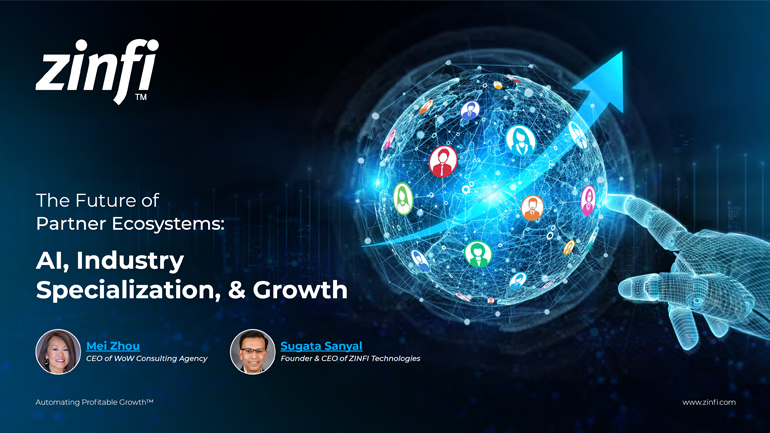 The Future of Partner Ecosystems Best Practices
The Future of Partner Ecosystems Best PracticesDownload Guide
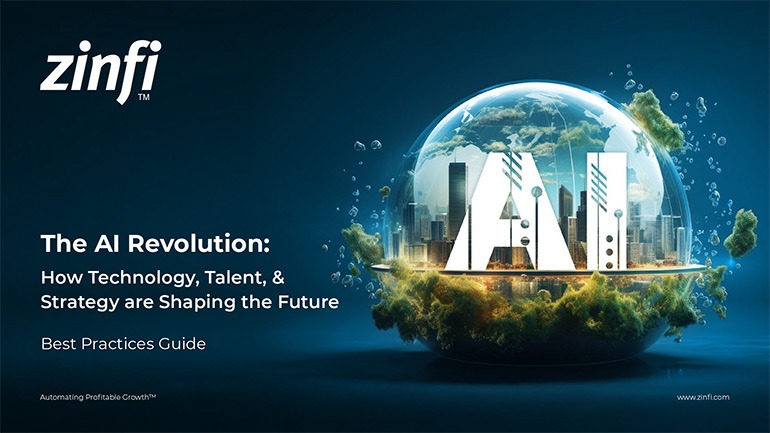 The AI Revolution: How Technology and Talent are Shaping the Future
The AI Revolution: How Technology and Talent are Shaping the FutureDownload Guide
 Top 105 Partner Management Metrics that Matter Best Practices
Top 105 Partner Management Metrics that Matter Best PracticesDownload Guide
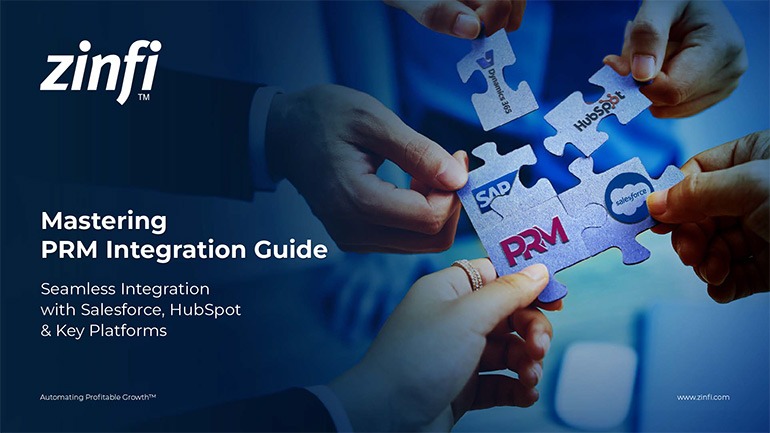 Mastering PRM Integration Best Practices
Mastering PRM Integration Best PracticesDownload Guide
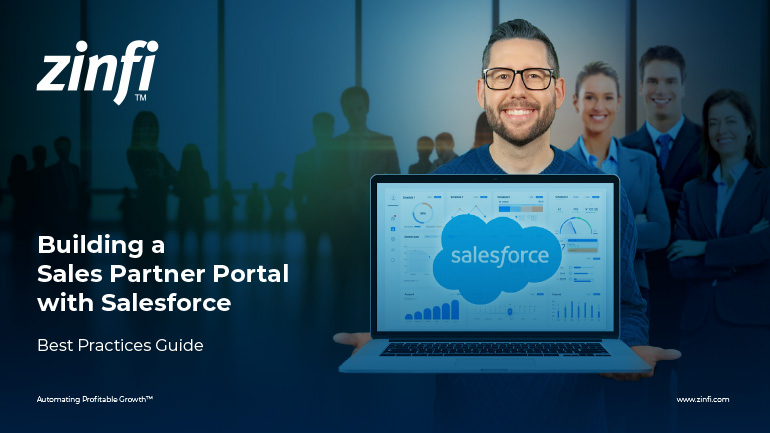 Building a Sales Partner Portal with Salesforce Best Practices
Building a Sales Partner Portal with Salesforce Best PracticesDownload Guide
 Building and Managing Partner Ecosystems Best Practices
Building and Managing Partner Ecosystems Best PracticesDownload Guide
 Mastering Co-Marketing and Co-Selling Best Practices
Mastering Co-Marketing and Co-Selling Best PracticesDownload Guide
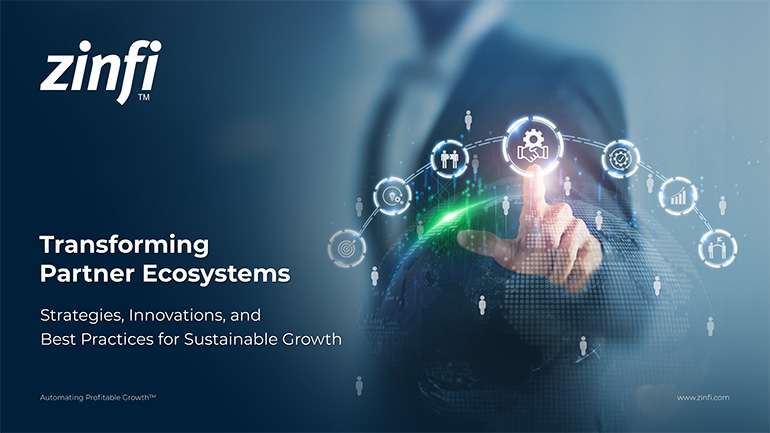 Transforming Partner Ecosystems Best Practices
Transforming Partner Ecosystems Best PracticesDownload Guide
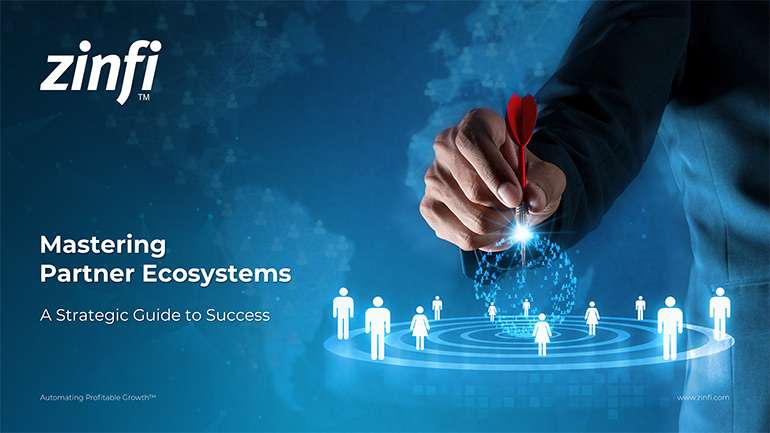 Mastering Partner Ecosystems Best Practices
Mastering Partner Ecosystems Best PracticesDownload Guide
 Mastering Partner Onboarding Best Practices
Mastering Partner Onboarding Best PracticesDownload Guide
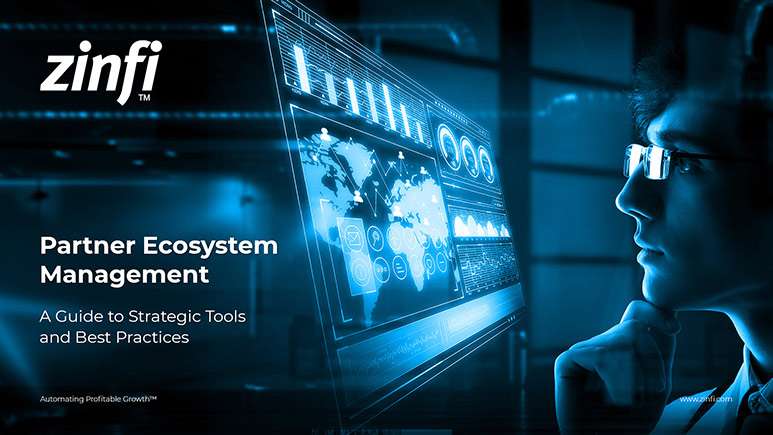 Partner Ecosystem Management Best Practices
Partner Ecosystem Management Best PracticesDownload Guide
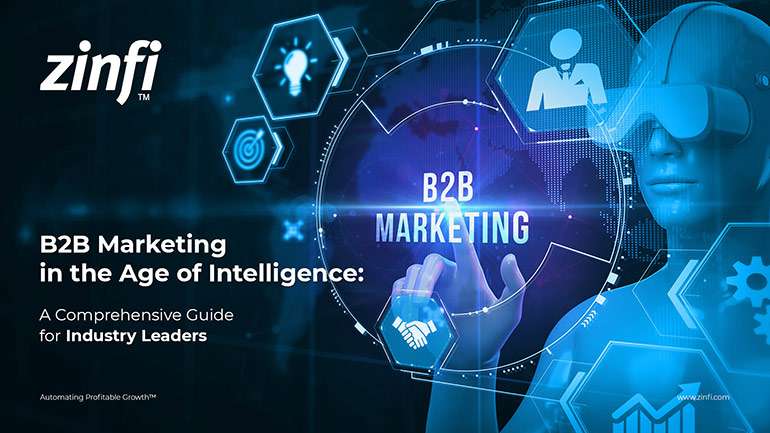 B2B Marketing in the Age of Intelligence Best Practices
B2B Marketing in the Age of Intelligence Best PracticesDownload Guide
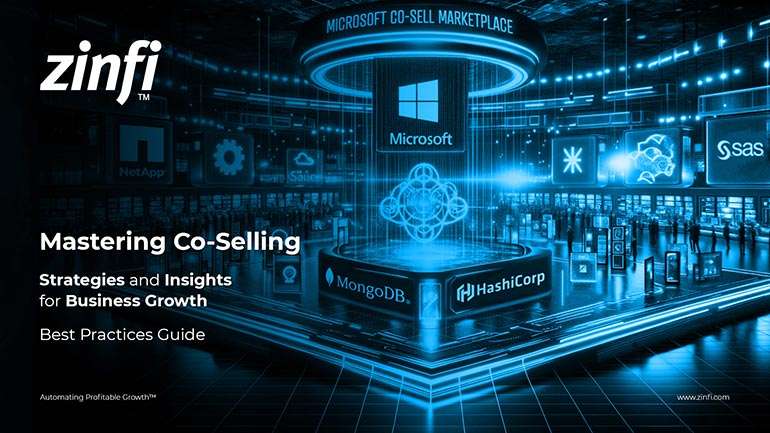 Multi-Partner Co-Selling Best Practices
Multi-Partner Co-Selling Best PracticesDownload Guide
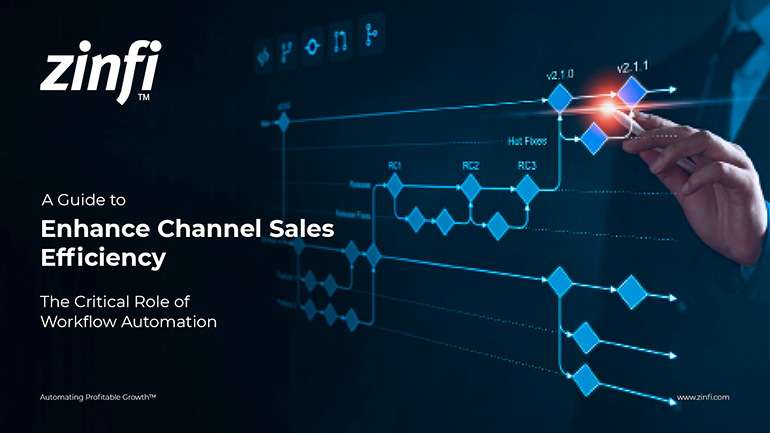 A Guide to Enhance Channel Sales Efficiency
A Guide to Enhance Channel Sales EfficiencyDownload Guide







